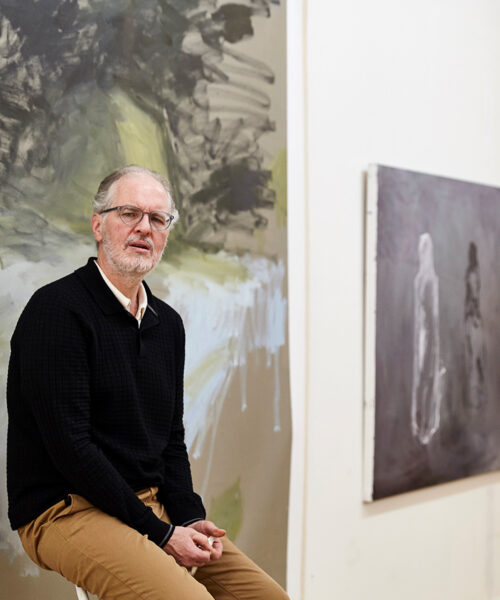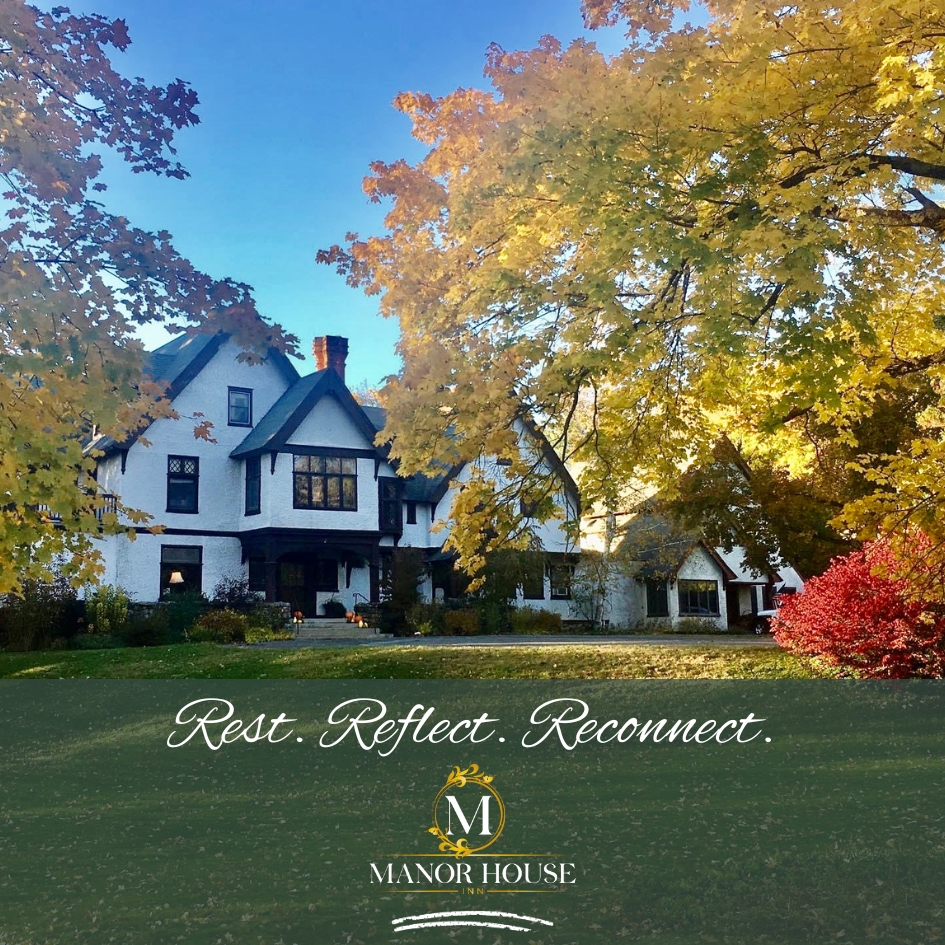November 1, 2024
Artist recalibrates his views on art and space
By Troy McMullen
Photograph by Theo Coulombe
Nearly three decades ago, while in the midst of a successful publishing career, Peter Cusack made an abrupt career change.
Looking to expand his creative boundaries, he began to pursue painting—first under the tutelage of a mentor in Brooklyn, then embarking on a year-long program, studying classical painting and drawing at L’Ecole Albert Dufois in France, a school of fine arts known for producing distinguished artists and teachers.
While the shift altered Cusack’s professional goals, it also forced him to recalibrate his views on art and its role in articulating and defining space. The deep learning experience in France gave way to the chaos of returning to New York, where continuing to learn and develop his studio work was balanced with maintaining his work in publishing, book production, and Illustration.
That period of self-exploration—through lived experiences and cultural observations—still informs much of his creative output today.
His oil paintings evoke powerful emotion while employing figurative exploration to reflect the human condition. Rooted in the languages of art history—Cezanne, Classicism, the Baroque—the work is equally analytical and disciplined yet also inquisitive. These are traits that have helped Cusack cultivate an expanding following of collectors, and landed his work in the permanent collections of the Museum of American Illustration, the New York Transit Museum, and the United States Air Force.
“My studio practice allowed me to freely explore and examine myself, art history, the culture, and the general world around me,” says Cusack, whose paintings have been exhibited at the Washington Art Association, Craven Contemporary in Kent, and Mary McGill in Germantown, N.Y. “My curiosity about people, psychology, and philosophy informed my subject matter, so today the look of my work has changed but all those core principles have not.”
That urge to plumb new creative depths was at work when Cusack decided to leave New York and move to Litchfield County full-time six years ago. Though he lives in West Cornwall, Cusack opened a studio in Torrington in 2019, a move he says was the beginning of rediscovering “the original idea of the artist inside myself.”
The storefront space in the center of town has become the incubator for his work as an artist, curator, and editor. In 2019, he founded COCOA: The Journal of Cornwall Contemporary Art, a quarterly that allowed local artists to express their thoughts and discuss their work.
“What I like about Torrington is that it’s unestablished and there’s little distraction here,” he says. “It’s quiet and I can be by myself with my work and my ideas.”
That work increasingly includes collaborations with interior designers and architects, which Cusack says allows for dialogues that are interdisciplinary and are more complex by nature of the project’s parameters and client needs.
“It lets me take on the challenges that specific spaces and sites offer,” he says. “I connect with people who are thinking about how to create space that aligns with our sensitivities and our humanity.”




















